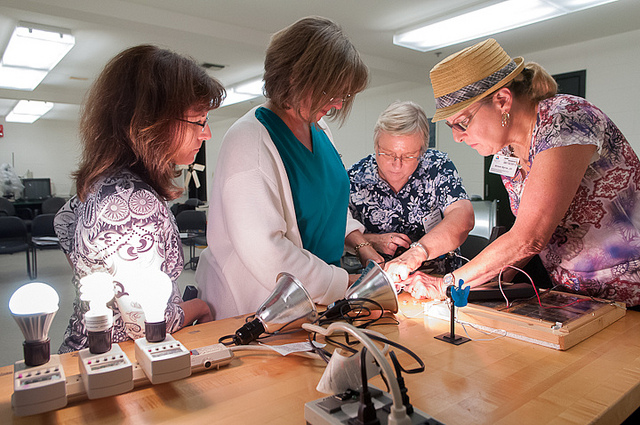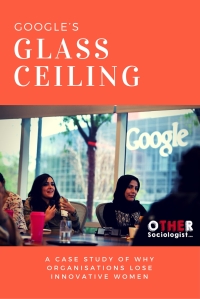I recently wrote up an overview of the sociological and legal definitions of sexism, which you can find on the STEM Women website. Sexism describes the ideology that one gender is superior to another. To put it another way, it’s a system of attitudes, beliefs, stereotypes, and other types of bias that perpetuate the idea that women are somehow lesser than men. These attitudes may or may not be voiced overtly, but they nevertheless guide social interaction and behaviour.
The word “sexism” has taken on a life of its own in the public imagination, when people joke about what it is, even suggesting that there’s such a thing as “reverse sexism” (there isn’t), typically when denouncing affirmative action or gender quotas at work. The scientific meaning of sexism is lost when people argue about what sexism is or isn’t. Many people think sexism is subjective. That’s incorrect.
There are different terms floating around that often confuse people. For example, hostile sexism is the type of overt physical and verbal aggression people often think about when they think of “sexism.” Benevolent sexism includes inappropriate “compliments” that focus on a woman’s looks, which inadvertently reproduce the idea that women should be judged primarily on their physical appearance and sexuality.
“Unintentional” or “accidental” sexism encompasses the “jokes,” comments and behaviour that people put down to ignorance. This includes everything from putting up pictures of semi-naked women at work, “overlooking” women on meeting invites or other career opportunities, and “casual remarks” and “oversights” like speaking about professionals, such as engineers, using the pronoun “he.”
In the STEM Women article, I show that these various terms and the attitudes and behaviours described by hostile, benevolent and unintentional sexism are all the same: they are all examples of sexism. The fact that one person might view one example as more extreme than another has no bearing on the impact these attitudes and behaviours have on women. Their cumulative effect is that women are denigrated, undervalued and expected to “put up” with sexism.
The sociological concept of everyday sexism captures the idea that everyday social exchanges, whether they’re “benevolently,” “unintentionally” or “accidentally” sexist, are actually connected to broader issues in sexist culture, such as sexual harassment and institutional discrimination. Sexism is more than the things that we say and do: it’s about the prejudices that underpin sexist culture. It’s about all the individual and collective things we do and say that makes possible sexual harassment and discrimination.
Continue reading Everyday Sexism in Academia

 By Zuleyka Zevallos
By Zuleyka Zevallos